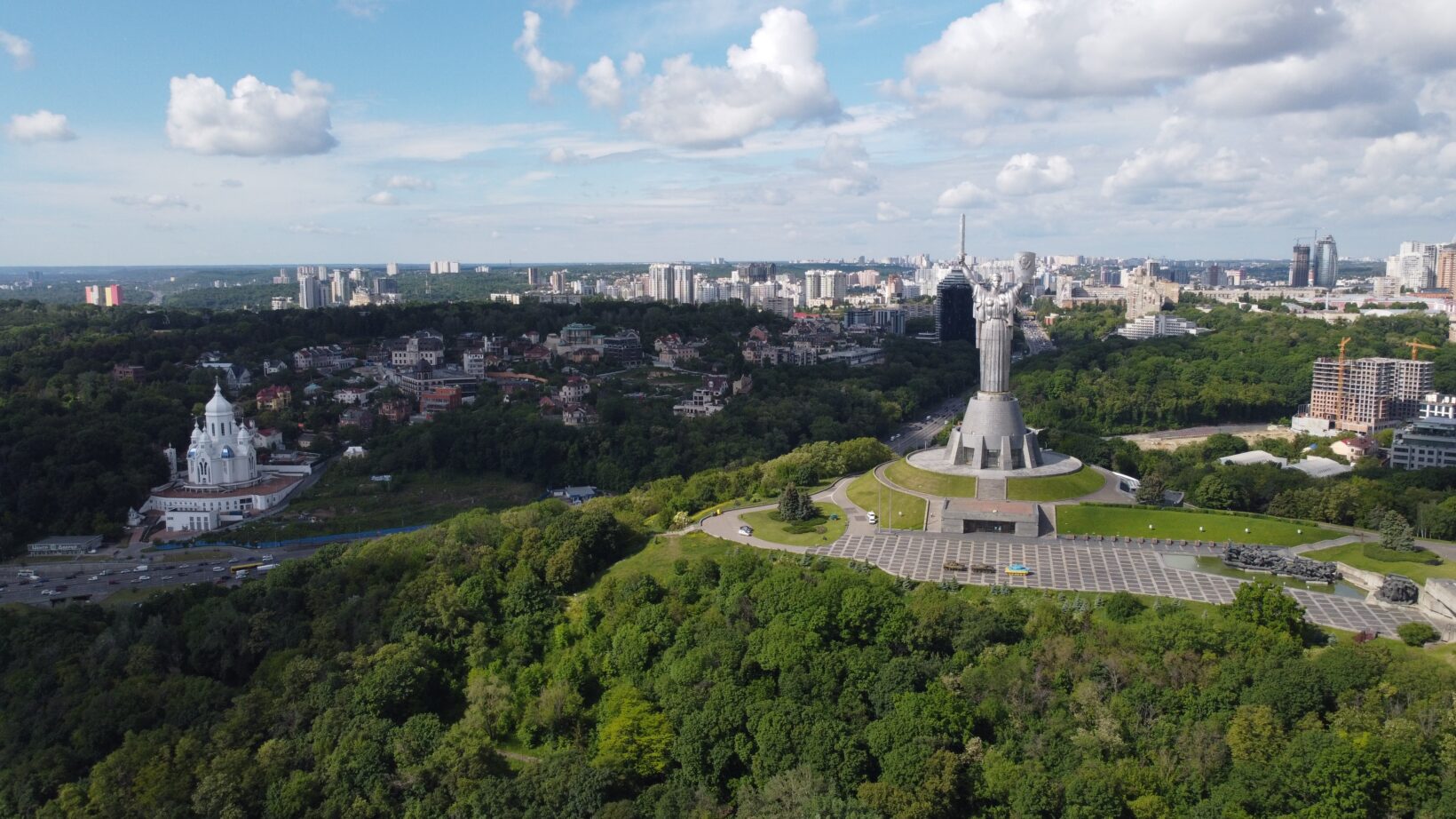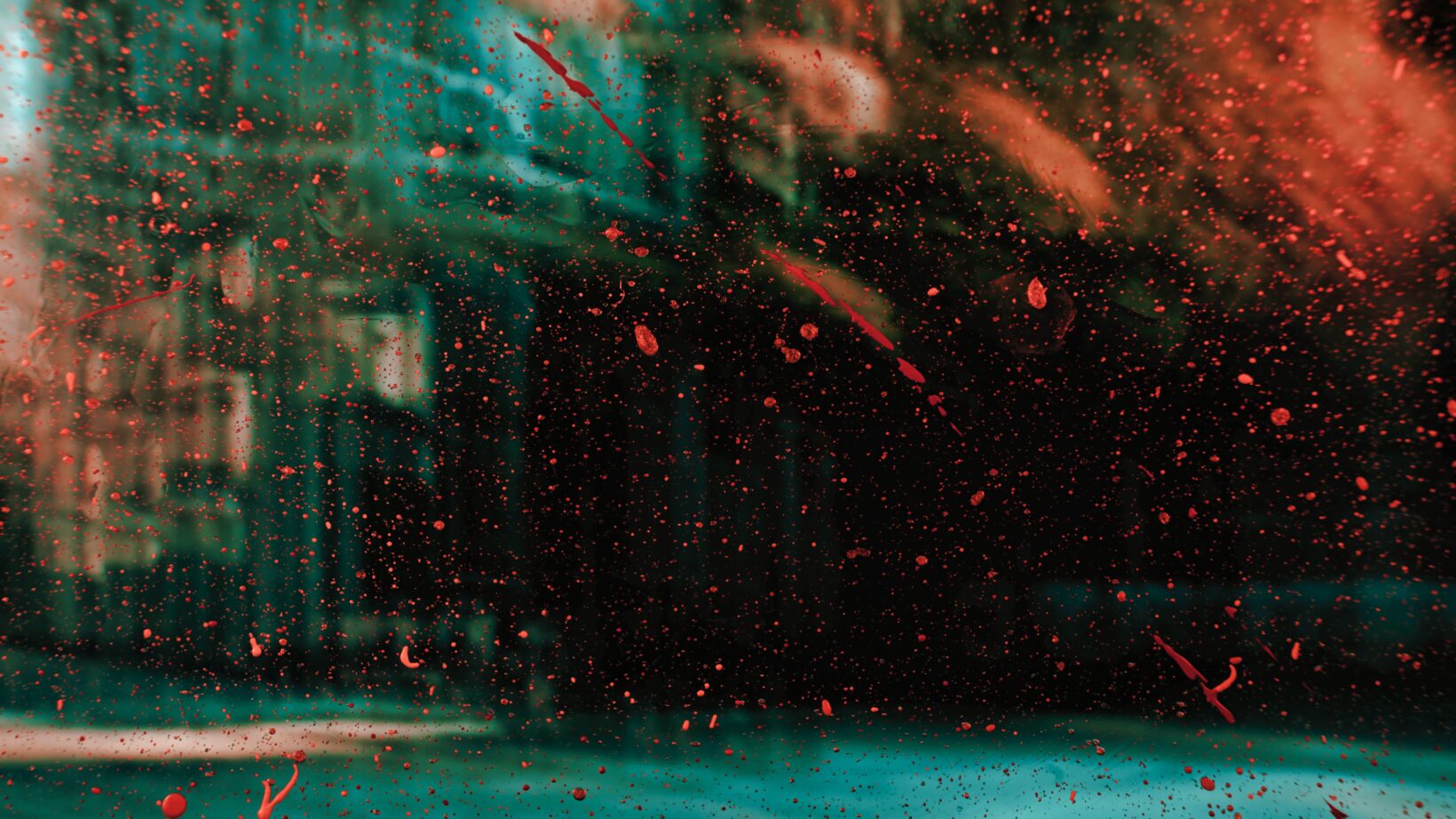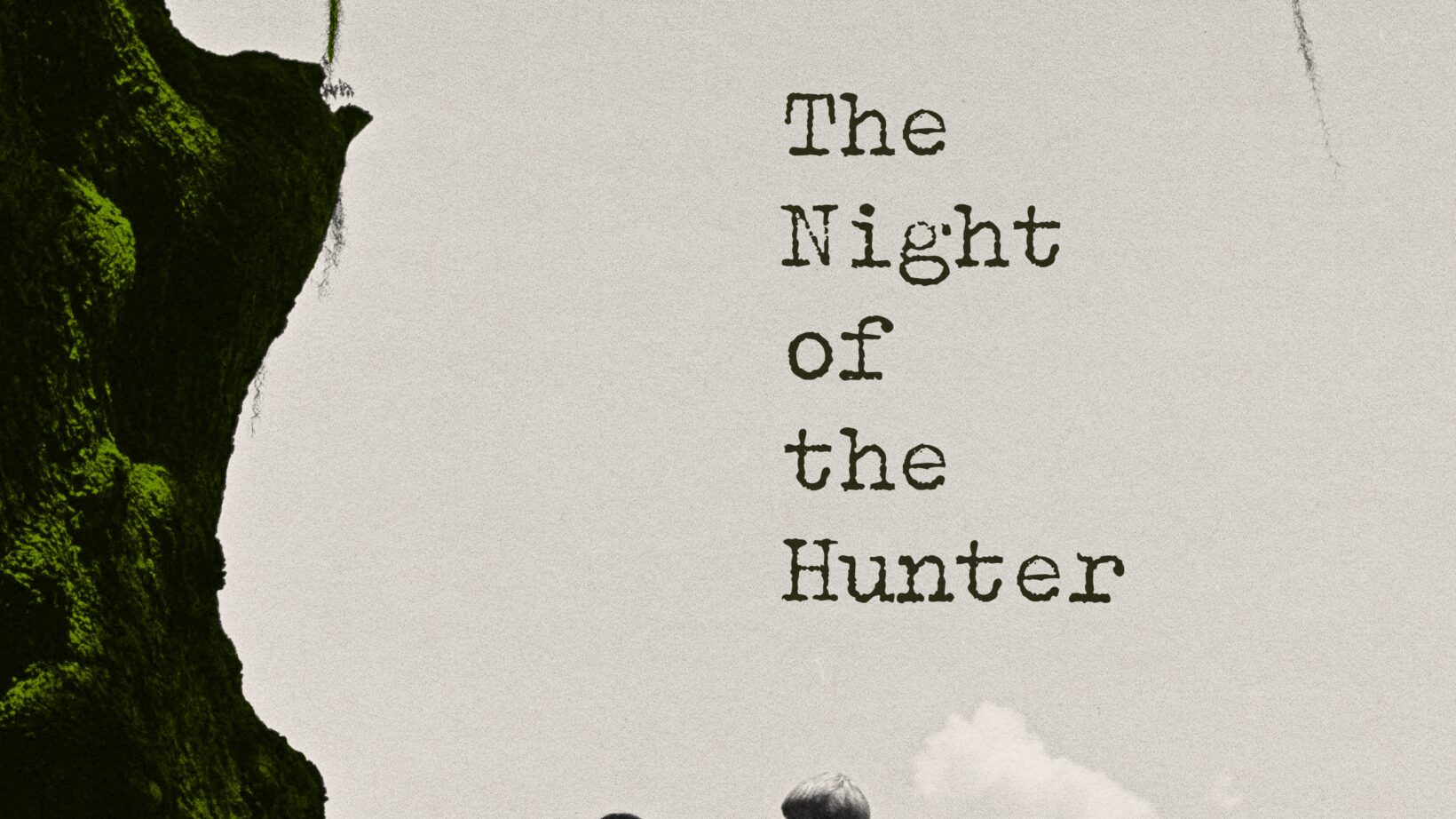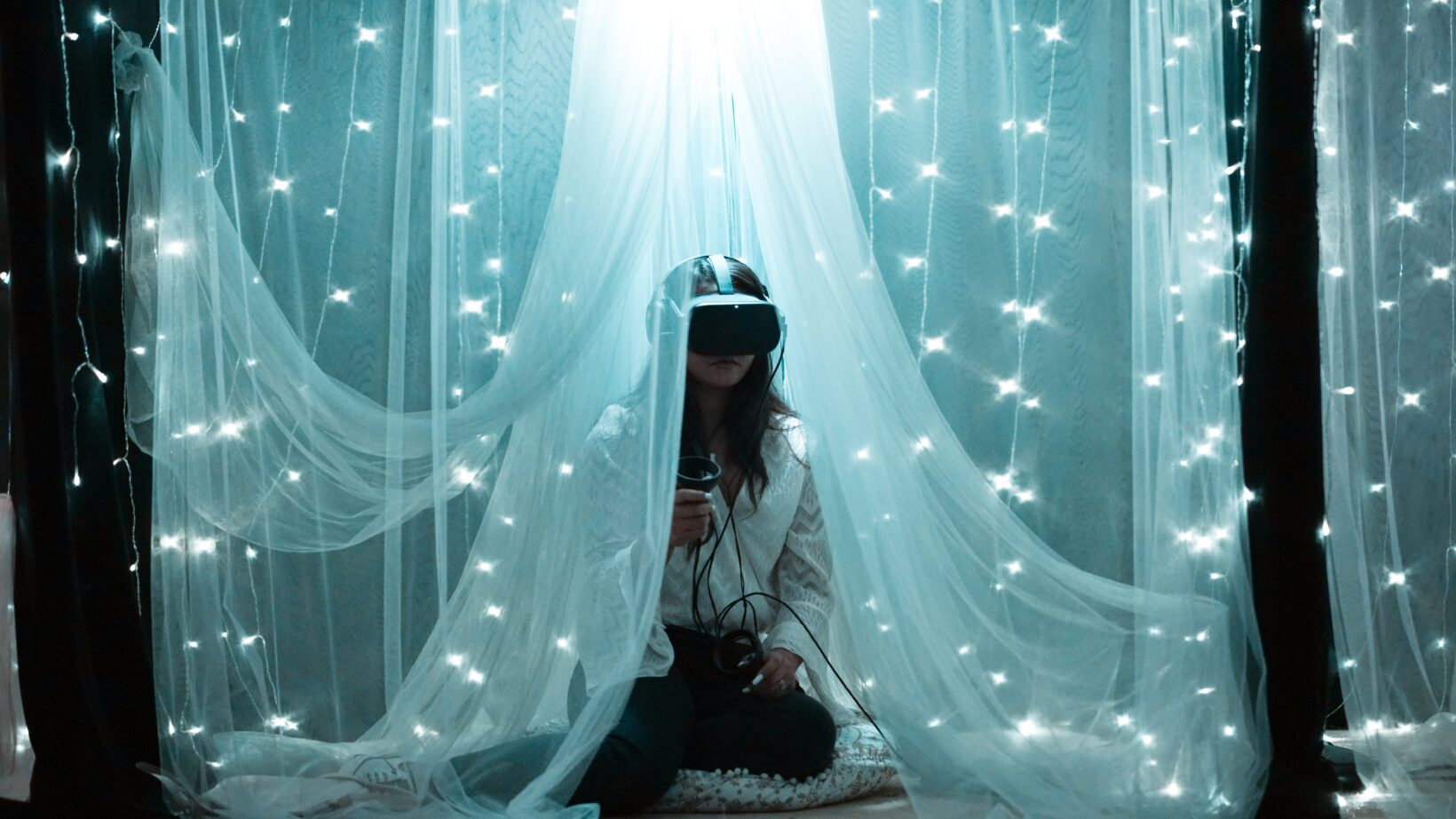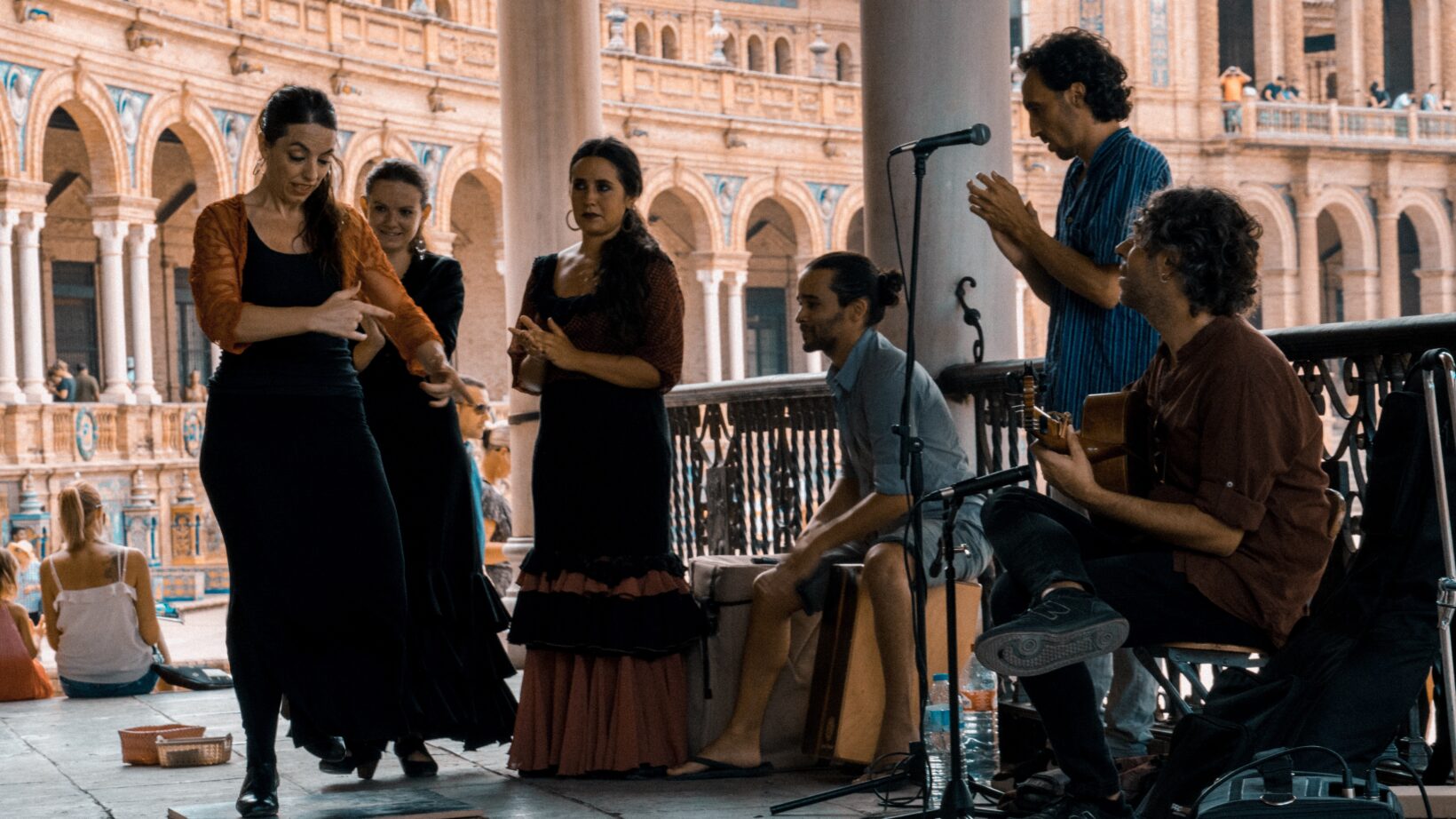In Netflix’s new found-footage horror series, demonic cults in haunted buildings are almost secondary, as time itself becomes the primal source of supernatural terror.
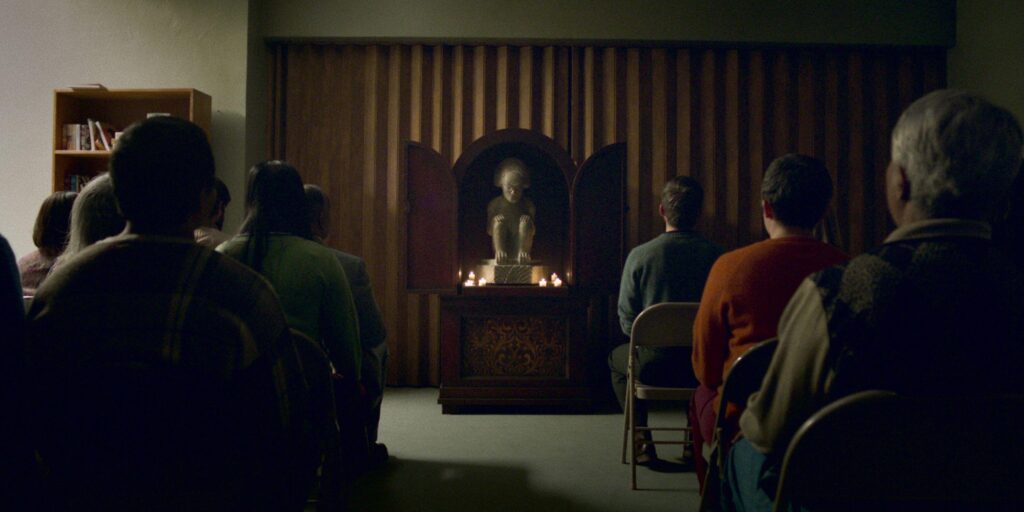
©Netflix / Courtesy Everett Collection/Alamy
True horror doesn’t rely on jump scares and gore. In its most accomplished forms, it’s a simple sense of foreboding, a palpable tension, or a disquiet that proves most unnerving. Netflix’s latest foray into the genre, Archive 81, leans into these techniques. A supernatural tale that follows a video archivist as he restores a collection of fire-damaged tapes from 1994, it’s a mystery that builds in suspense as it unpicks what we know about space and time.
It’s the latest in the streaming platform’s lineage of highly-rated serialised horror. With success through shows such as the adaption of Shirley Jackson’s The Haunting of Hill House, South Korean dark fantasy Hellbound, and Mike Flanagan’s Midnight Mass, it’s one of the only major channels to consistently deliver the genre to a mass-market audience without sacrificing quality.
Executive produced by Rebecca Sonnenshine of The Vampire Diaries and The Boys, Archive 81 dropped earlier this month on the 14th of January and has been in the Netflix Top 10 ever since, with a 95% rating on Rotten Tomatoes. Inspired by the podcast of the same name, this small-screen cosmic noir adaption is a testament to the growing popularity of the medium. And, as studios look to capitalise on the success of this in-vogue format, complete with built-in audiences, we can expect many more cross-platform shows.
Mamoudou Athie leads Archive 81 as Dan, a wallflower who bears the scars of a traumatic past. Dan is a maverick in the field of video and is offered a job restoring tapes for a mysterious client in the Catskills. We follow him as he uncovers a body of work by documentary filmmaker Melody Pendras who was investigating the murky history of the Visser apartments in New York City when she disappeared after a tragic fire in the building.
Like many in the genre, Archive 81 utilises found footage to splice two timelines. Sure, this method can be both gaudy and tired but thankfully, it avoids cliches here by using the technique as a simple entry point, to then transpose our view to the real world. Dina Shihabi, who plays Melody, shot the footage we see while recording her scenes, so the result is a seamless oscillation between viewpoints.
Drawn deeper into the project through a series of coincidences on the tapes, the connection between the protagonists grows. Dan becomes obsessed with uncovering the truth, convinced he can save Melody from her fate. Flipping between the timelines, with Dan untangling Melody’s story in the present while watching her life in the past, we see Melody discover a demonic cult at the heart of the community, led by neighbour Samuel Spare.
With the storyline building in intensity, we watch Dan slowly unravel as the gravity of the situation takes hold of him. Wandering dimly-lit corridors in his austere facility, he experiences inexplicable visions of Melody in his present while being gripped by intense paranoia. We are left wondering, on both accounts, what is real and what is unreliable narration?
There is a clear visual language that the producers have used to differentiate between the two layers of time, with Dan’s world in the present being cold, clinical, and utilitarian while Melody’s recordings are laden with rich hues, and a sense of nostalgia – perhaps demonstrating how we often view the past through rose-tinted glasses. These defined aesthetics are subtle cues for the viewer as we switch between narratives.
Paying homage to many of its predecessors, Archive 81 drops a series of easter eggs, more than hinting at its influences: the Visser apartments are evocative of the wonderfully Gothic Bramford building in Rosemary’s Baby, we see masks reminiscent of Punchdrunk’s immersive theatrical hit Sleep No More, a fleeting glimpse of a red hooded figure is a gentle nod to Daphne du Maurier’s imitable Don’t Look Now and a hypnotic dance scene draws comparisons to Dario Argento’s masterpiece Suspiria.
Indeed, genre filmmakers have always been self-referential, though it’s become far more fashionable to lay bare inspirations since the phenomenon of Stranger Things. In some of Archive 81’s more playful moments, it gives explicit nods to those predecessors, “You think those Blair Witch guys invented that stuff?”, Dan’s friend Mark teases, after he voices concern over the footage.
Where Archive 81 really steps it up a notch is through its visceral soundscape. Drawing on what the podcast started, the unsettling score accompanies the visuals to build atmosphere, offsetting and interrupting moments of stillness and the ordinary to create a tension that feels palpable. Scored by Geoff Barrow of Portishead and Ben Salisbury who composed Ex Machina and Black Mirror, the sound design is beautifully considered.
Sound becomes a larger plot device in Melody’s storyline when she begins to hear a primal melody emanating from the core of the Visser building. Later discovering this is a prayer chant designed to create a bridge between dimensions, fans of Brit Marlin’s criminally underrated The OA will notice parallels. As she creeps closer to the truth, yet further away from safety, we’re transported through terrifying séances and ritual sacrifices. Dan and Melody’s connection deepens and their lives begin to intertwine across time zones and realms, finally anchoring their narratives together, deep within the Otherworld.
The show loses its way slightly in the final episodes and scenes, where the SFX becomes more – too – elaborate, forgetting its original philosophy that a little restraint goes a long way. However, it can be forgiven for its attention to detail elsewhere. The storyline is complex, yet intricately plotted which will satisfy fans who want answers about the cultish mystery at its heart.
Left on a cliffhanger to set it up for a second season, Archive 81’s otherworldly undertones will appeal to fans of classics such as The Twilight Zone and H.P. Lovecraft’s works. Sonnenshine has created a world laced with unease and a sense of dread at every corner. And the best way to enjoy it is to suspend your own belief and embrace the cosmic mystery.
